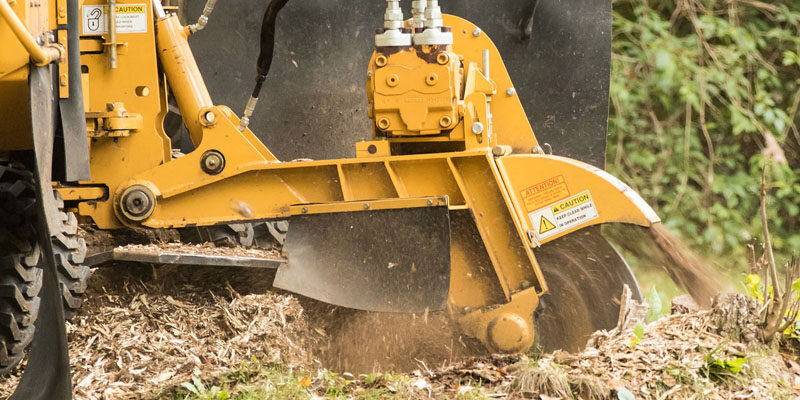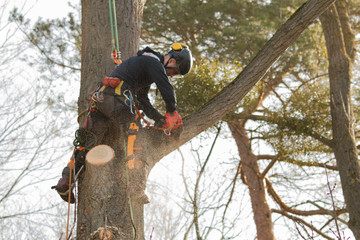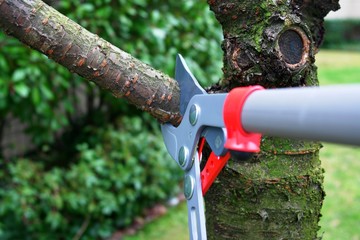What You Need to Know About Tree Removal
Before you start, consider why you might want to remove a tree. Some of the most common reasons for tree removal is clearing space. The proximity of neighboring structures or threat to other trees. Trees that are diseased or in poor condition are more likely to fall and can also threaten the health of other trees nearby. Dead trees and damaged ones are hazardous. We have the answers to whether you need the tree removed for aesthetic or safety reasons.

Costs of tree removal
Large trees are harder to remove than smaller ones, and the cost of removing a tree can range from $800 to $1,500. If you have a small tree, it can cost as little as $150 to remove it, or two medium-sized trees can cost as much as $1,500. Trees over eighty feet tall are a little more expensive to remove, but they are usually not dangerous. You can save hundreds of dollars if you know how to use the chainsaw safely.
Many factors determine the price of tree removal, including the tree’s general health. The general health of a tree may influence the quote, including rotting, infestation, or structural interference from humans. The type of terrain the tree is growing on can affect the price. Uneven ground or hilly terrain may present challenges in tree removal, and the extra effort may lead to tired workers. However, these factors are generally not considered in the quote.
When considering costs, it’s important to be realistic and aware of hidden costs. Different species of trees require different methods of removal. Oak, for example, is the most difficult tree to cut down, so it’s more expensive to remove. Smaller trees, such as hickory and maple, are easier to remove. The tree’s health is another important factor, as diseased trees can increase the price.
Another factor to consider is access to the site. The difficulty of access can make a tree’s removal cost more than normal. Trees near structures are harder to access and may require a higher price. Additionally, removing the tree can be more complicated if obstacles, such as fences or cars. To avoid this problem, hire a professional tree removal company. They can assess the tree’s health and safety before estimating the removal cost.
The cost of tree removal varies depending on the type of tree, the arborist, and the area you’re in. Depending on the type of tree, you can expect to pay between $250 and $1,500 for tree removal. In some areas, you may need a permit to cut down a tree, which can add to the project’s overall cost. Also, hire a professional arborist to remove roots, stumps, or dead branches.
Regulations for tree removal on private property
There are specific regulations for removing trees from private properties in the City. City officials have the right to enter private property to remove trees deemed hazardous to public safety. They must notify the property owner at least 30 days before removing the tree. If you’d like to remove a tree, read on to learn about your rights and how to comply with these regulations. You may be surprised to learn that you don’t need a permit to remove a tree from your property!
In addition to requiring a permit, city regulations are also more specific. In some states, for example, you need a permit to cut down certain trees unless they’re native to the City. The City requires that these trees be at least four inches in diameter and two feet in height before you can remove them. Similarly, you must obtain a permit in San Jose if your tree is overhanging a public road.
Regulations for tree removal on private property may differ by location. Depending on the health and location of your tree, you may need a permit. In Boston, for example, you don’t need a permit if your tree is three and a half feet wide. In many other cities, the regulations are more strict and specific about how you can remove trees. If you live in some state, you can skip these regulations and remove trees without a permit.
If you live in New Jersey, you may want to learn about regulations for tree removal on private property. Many townships have adopted ordinances to protect private property trees. While these ordinances may be confusing for you, they can protect trees. For example, if a tree is on private property, the City’s department of forestry may have the power to remove it. Before the forestry department can do so, they must notify the property owner.






